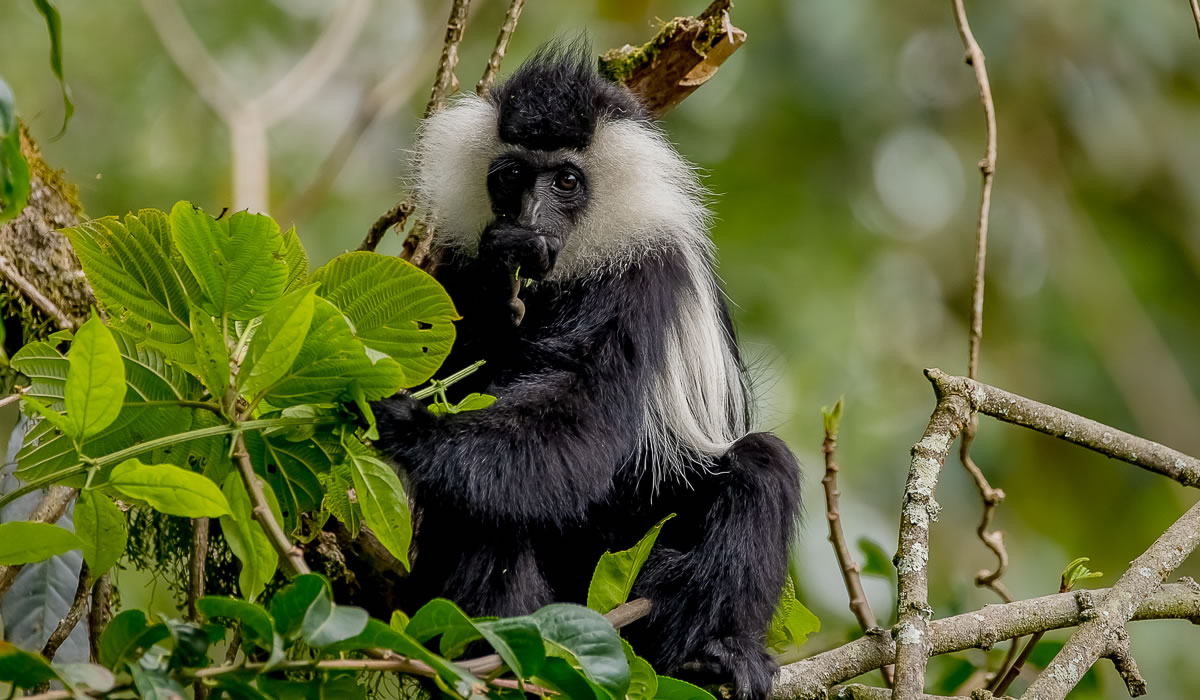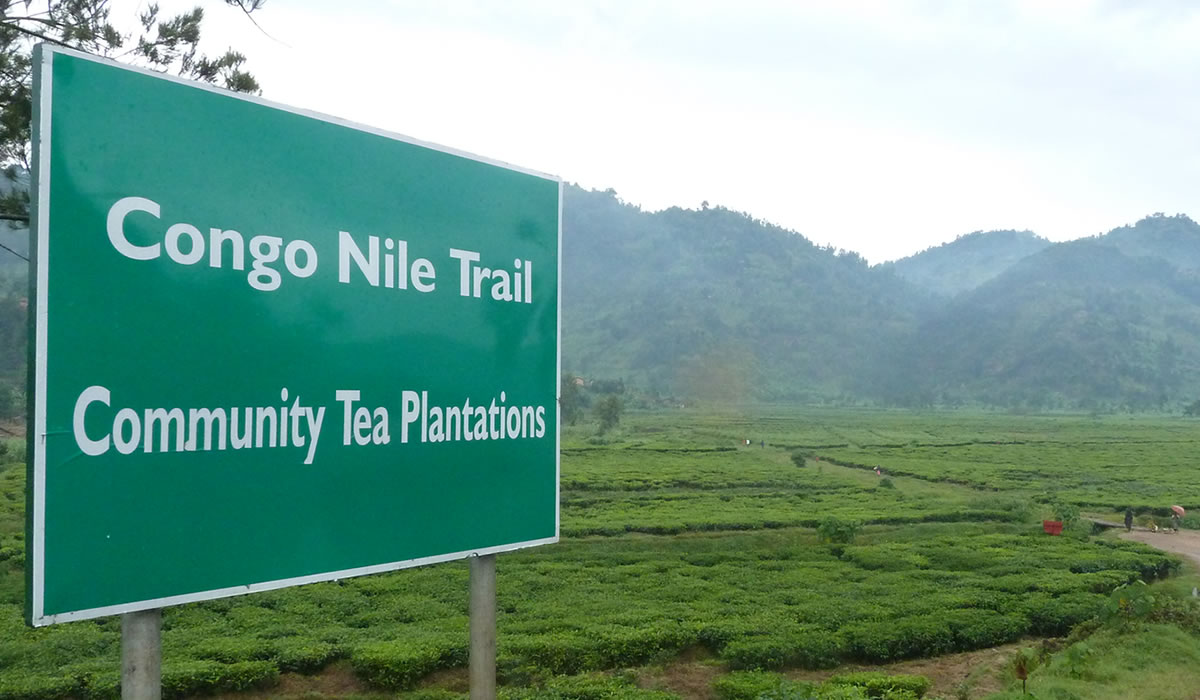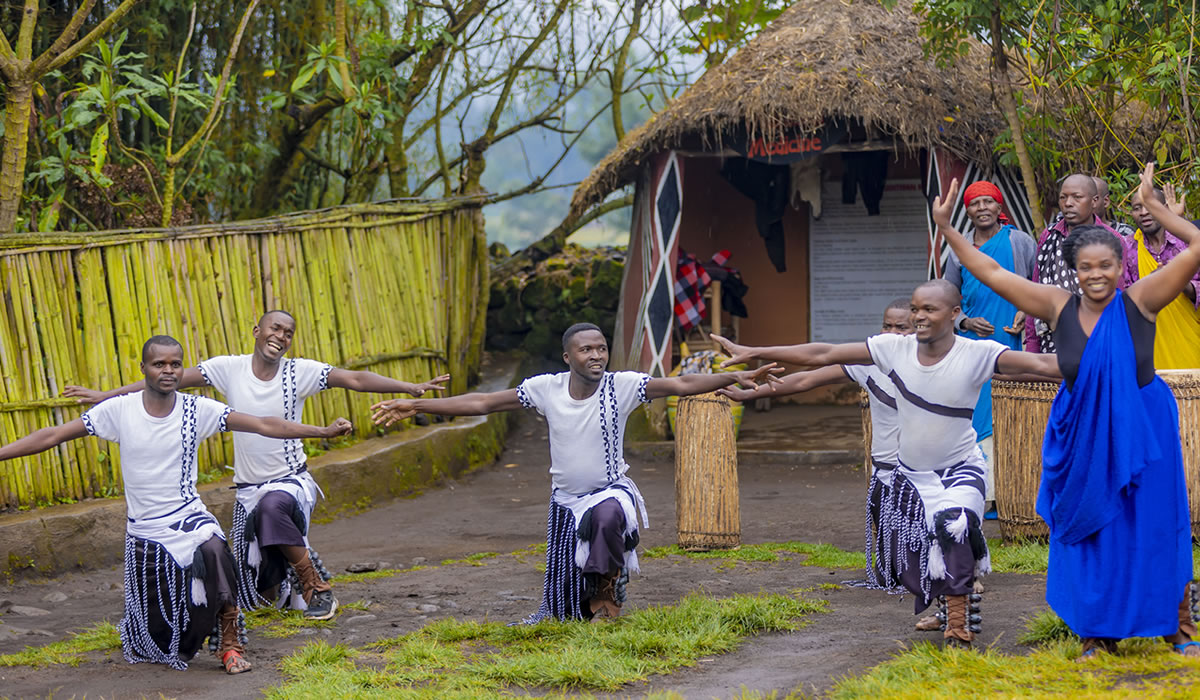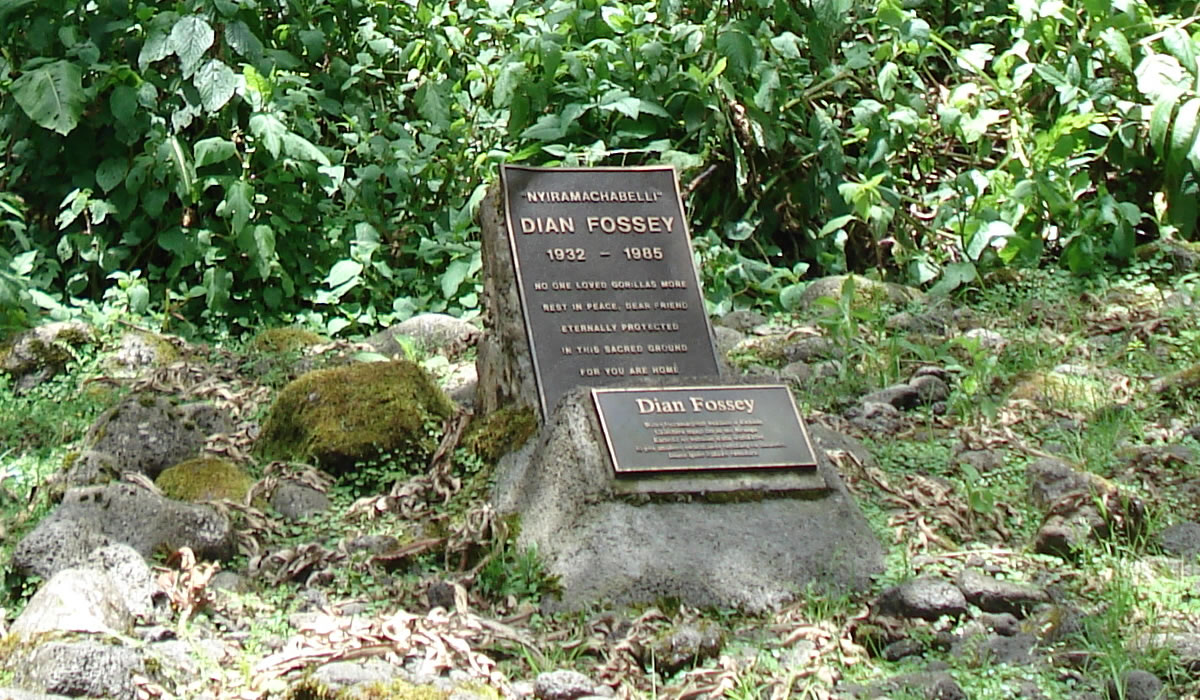Located within the lush hills and along the tranquil shores of Lake Kivu in western…

Colobus Monkey Tracking in Nyungwe Forest
Located in the southwestern part of Rwanda, Nyungwe Forest National Park stands as one of Africa’s oldest and most biodiverse rainforests. Stretching over 1,020 square kilometers, this verdant expanse of montane forest is home to a remarkable array of flora and fauna, including over 1,000 plant species, hundreds of bird species, and a significant population of primates. Among the most iconic primates found in Nyungwe is the black-and-white colobus monkey (Colobus guereza), a species that captivates wildlife enthusiasts with its striking appearance, sociable behavior, and graceful agility through the treetops. Colobus monkey tracking in Nyungwe Forest has become a key attraction for eco-tourists seeking immersive wildlife encounters in a pristine natural setting.
Understanding the Colobus Monkey
The black-and-white colobus monkey is easily recognized by its contrasting fur jet black body adorned with long white fringes of silky hair along the sides and a flowing white tail that aids in balance as it navigates the forest canopy. Unlike many primates, colobus monkeys do not have thumbs, an evolutionary adaptation that facilitates their remarkable arboreal agility. Their name, “colobus,” is derived from the Greek word kolobos, meaning “docked” or “mutilated,” in reference to their reduced thumbs.
Colobus monkeys are primarily leaf-eaters (folivores), though their diet also includes fruit, seeds, and flowers. Their multi-chambered stomachs are specially adapted to digest tough plant matter, enabling them to thrive in forest environments where such food sources are abundant. They live in large troops that can number from a few individuals to over seventy, making them among the most social of primates in Nyungwe. These groups are typically led by a dominant male and exhibit intricate social dynamics, including grooming, vocal communication, and collective defense against predators.
Nyungwe Forest National Park
Nyungwe Forest is not just a haven for colobus monkeys but also one of Africa’s richest biodiversity hotspots. The park boasts thirteen species of primates, including chimpanzees, L’Hoest’s monkeys, and grey-cheeked mangabeys. The colobus population here is particularly notable for its size and visibility, with the largest known troop of black-and-white colobus monkeys in Africa residing in the park. This group, sometimes numbering up to 400 individuals, offers an extraordinary spectacle for trackers and researchers alike.
The forest’s elevation ranges from 1,600 to 2,950 meters, contributing to its cool, misty climate and the presence of numerous microhabitats. These diverse environments support the ecological needs of the colobus and make the park an ideal location for tracking activities. The thick canopy provides ample food and shelter, while the extensive network of trails allows for accessible yet minimally invasive eco-tourism experiences.
The Tracking Experience
Colobus monkey tracking in Nyungwe is an engaging and accessible activity that combines the thrill of wildlife observation with the serenity of forest exploration. Unlike chimpanzee tracking, which can involve strenuous hikes due to the primates’ wide-ranging movements, colobus tracking is generally easier and more suited to a wider range of fitness levels. The colobus troops tend to stay in defined territories, and their large numbers and vocalizations make them relatively easy to locate.
Tracking begins early in the morning from one of the park’s established trailheads, such as Uwinka, Gisakura, or Kitabi. Visitors are usually briefed by a park guide or ranger on the rules and expectations of the trek. These include maintaining a respectful distance from the animals, avoiding loud noises, and refraining from feeding or touching the monkeys. The goal is to observe and appreciate the colobus monkeys in their natural habitat without disturbing their behavior.
Guided by expert trackers, visitors follow forest paths that lead to known colobus territories. Along the way, the guide often shares insights into the forest’s ecology, medicinal plants, and other animal species. The trek can last from one to three hours, depending on the location of the monkey troops and the fitness of the group. When the colobus monkeys are found, guests have the opportunity to observe them for extended periods watching them feed, groom, and leap acrobatically through the trees.
One of the highlights of colobus monkey tracking is witnessing their cohesive group behavior. Unlike solitary or aggressive primate species, colobus monkeys are typically calm and tolerant of human presence when approached respectfully. Their peaceful demeanor and predictable routines make them ideal subjects for both amateur and professional wildlife photographers.
Conservation Significance
Colobus monkey tracking is more than just a tourist activity, it plays an integral role in the conservation of Nyungwe Forest. The revenue generated from eco-tourism supports the Rwanda Development Board (RDB) and other stakeholders in maintaining the park, funding conservation projects, and supporting local communities. By creating economic incentives for conservation, the presence of tourists helps ensure the protection of critical habitats and the survival of vulnerable species.
Moreover, guided tracking experiences educate visitors about the importance of biodiversity and the challenges facing tropical forests. Issues such as habitat fragmentation, climate change, and illegal logging are addressed during the excursions, fostering a deeper understanding and appreciation for conservation efforts. In this way, each tracking trip contributes to a broader global dialogue about sustainable tourism and environmental stewardship.
Community Involvement
Nyungwe’s eco-tourism model is also notable for its emphasis on community involvement. Many of the guides, porters, and support staff involved in colobus monkey tracking come from the surrounding villages. Through training and employment, local residents gain livelihoods that are directly linked to the preservation of the forest. Community-based tourism initiatives have also emerged, including cultural tours, artisan cooperatives, and homestays, allowing visitors to engage with Rwandan culture while supporting grassroots economic development.
The park’s buffer zones and outreach programs have further helped reduce human-wildlife conflict. By providing alternatives to activities like hunting and charcoal production, conservation programs foster local support for the park and its primates. The colobus monkeys, once hunted for their beautiful fur, now represent a living asset for the communities around Nyungwe.
Best Time to Visit
Colobus monkey tracking can be enjoyed year-round in Nyungwe Forest, but the dry seasons—from mid-December to February and from June to September are generally considered the best times for trekking. During these months, the trails are less muddy, visibility in the forest improves, and the chances of prolonged sightings increase. However, the rainforest climate is unpredictable, and light showers can occur at any time, so visitors should be prepared for variable weather conditions.
Early morning treks tend to offer the best light for photography and the highest activity levels among the colobus monkeys. It is advisable to bring waterproof clothing, sturdy hiking boots, insect repellent, and a good camera with a zoom lens for capturing these agile primates in action.
Preparing for the Trek
Although colobus monkey tracking is less physically demanding than some of the other activities in Nyungwe, a moderate level of fitness is still recommended. The forest trails can be slippery and steep in sections, and weather conditions may vary. Visitors should pack light but be well-prepared, carrying essentials such as water, snacks, sunscreen, and binoculars.
Permits for colobus monkey tracking are required and can be obtained through the Rwanda Development Board or authorized tour operators. As of recent guidelines, the cost of the permit is lower than that for chimpanzee tracking, making it an affordable and enriching option for nature lovers and families.
Colobus monkey tracking in Nyungwe Forest is a truly rewarding experience that combines the beauty of Rwanda’s natural heritage with the thrill of close wildlife encounters. As you walk beneath towering trees, listening to the rustle of leaves and the distant calls of the forest’s residents, the sight of a troop of colobus monkeys gliding effortlessly through the canopy becomes a moment of pure wonder. More than just a tourism activity, it is a journey into the heart of one of Africa’s most vital ecosystems a chance to witness firsthand the delicate balance between nature and conservation, and to become part of the ongoing effort to protect it for future generations.
Whether you’re an avid primate enthusiast, a conservation-minded traveler, or simply someone seeking a deeper connection with the natural world, colobus monkey tracking in Nyungwe Forest offers an unforgettable adventure. As Rwanda continues to emerge as a leader in sustainable tourism and biodiversity conservation, Nyungwe and its charismatic colobus inhabitants stand as shining symbols of what is possible when nature and humanity thrive together.




